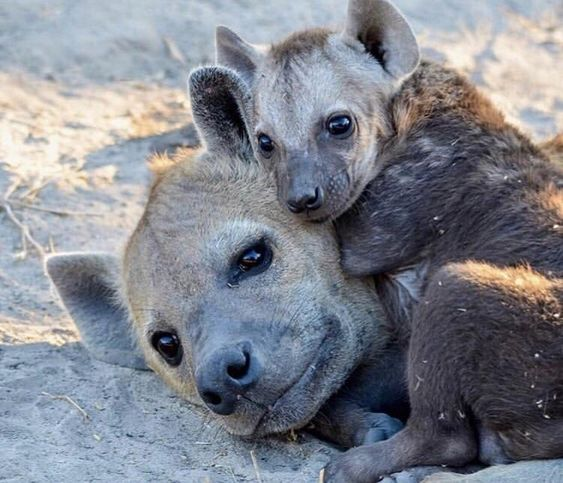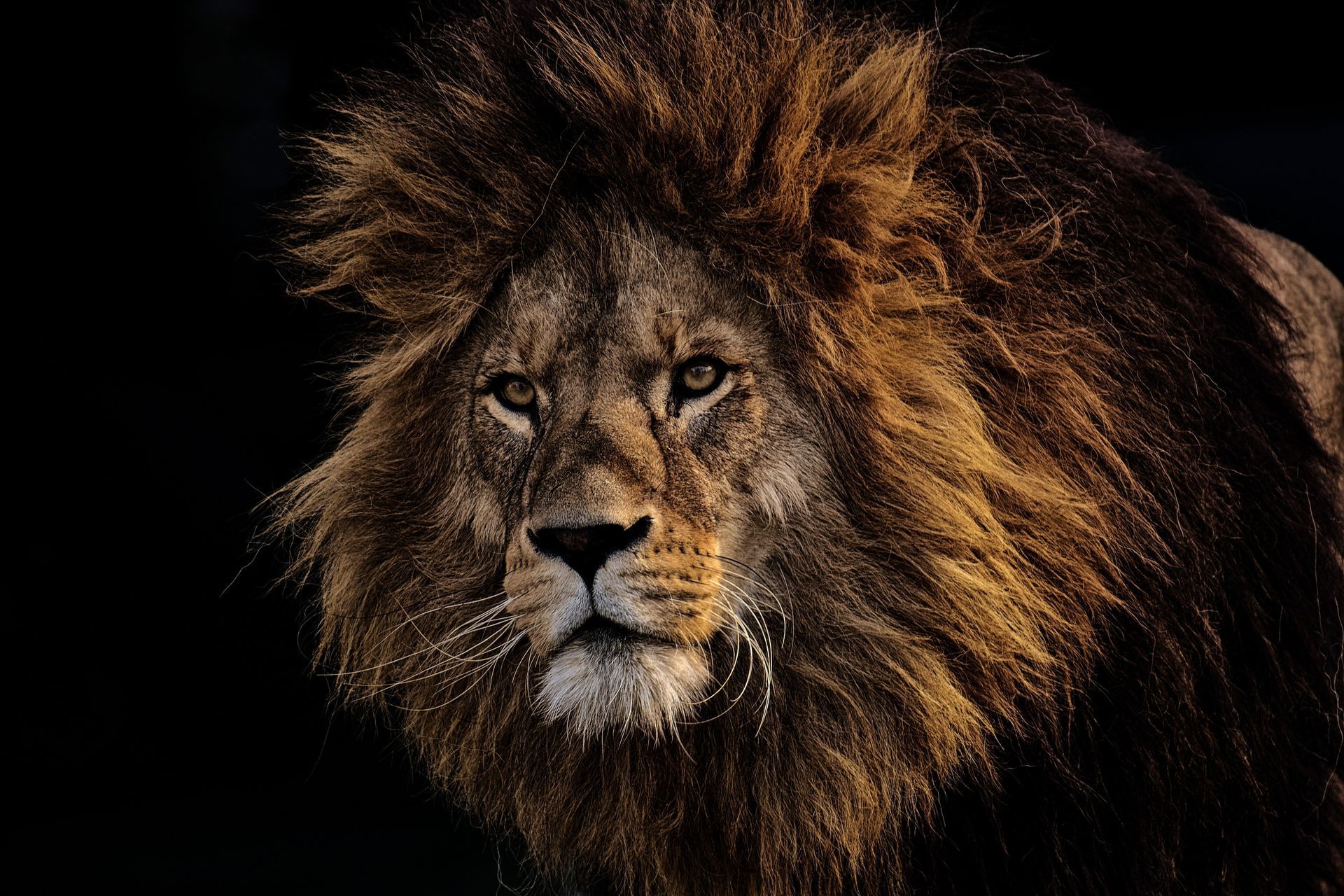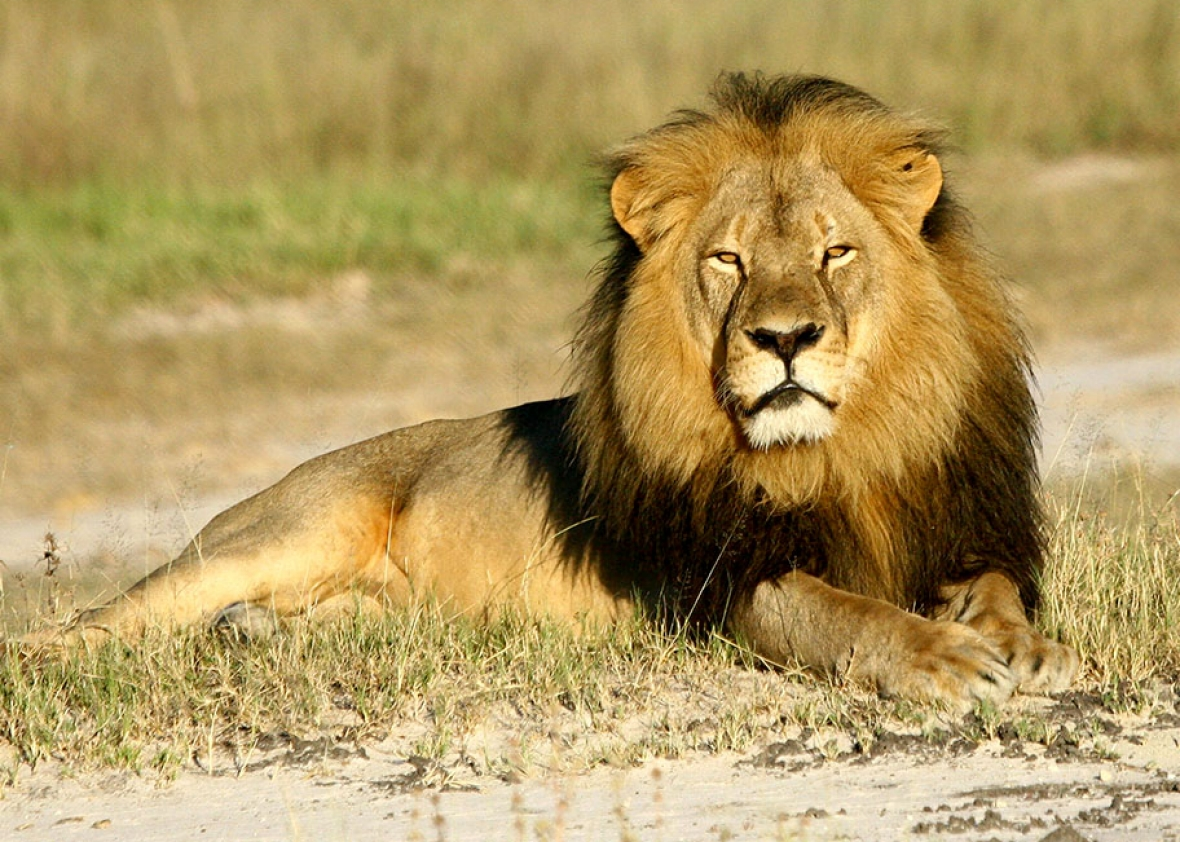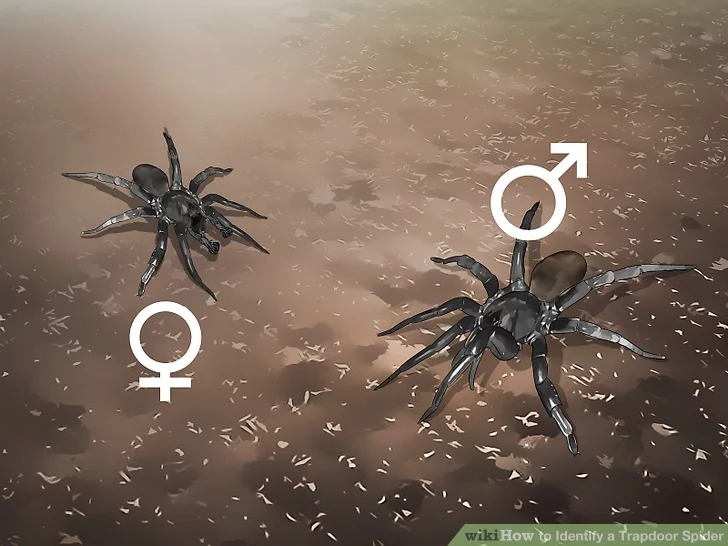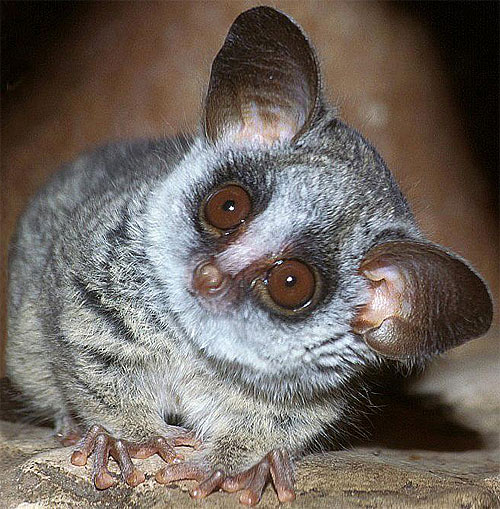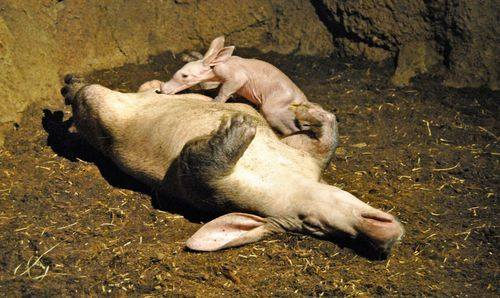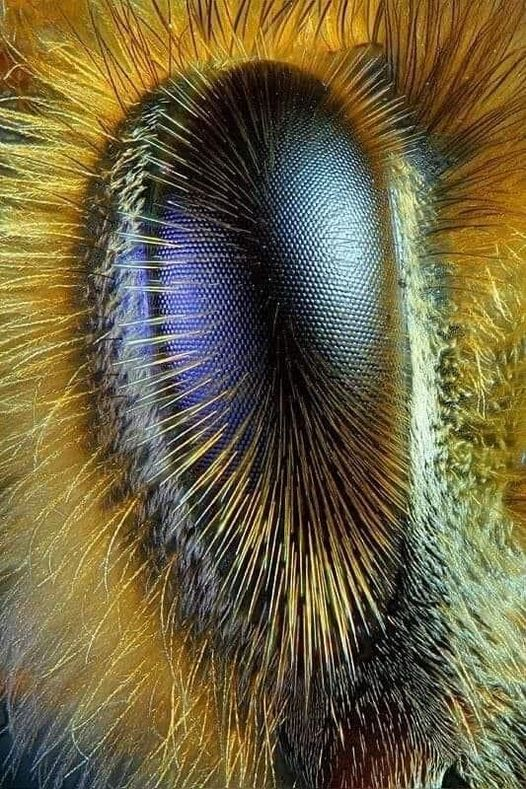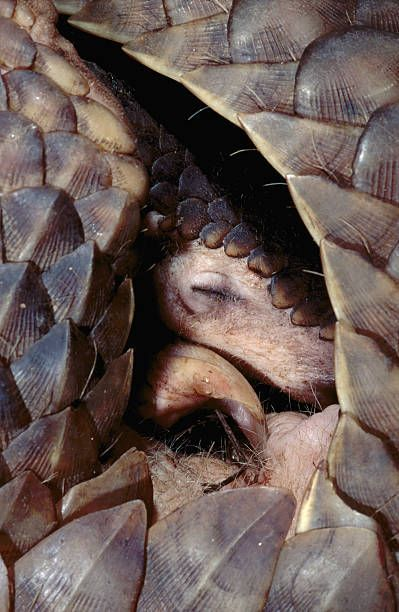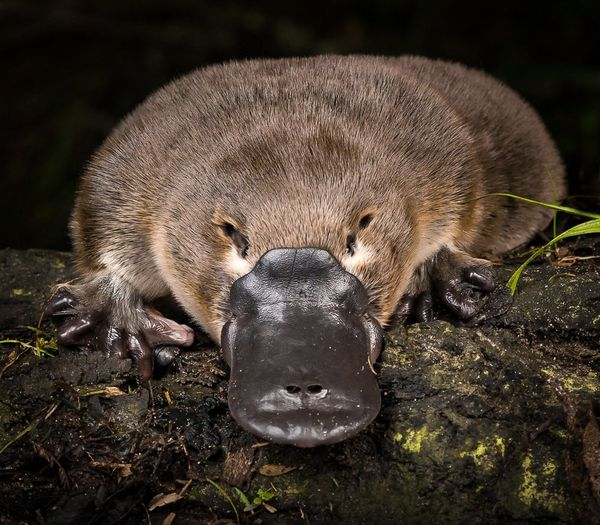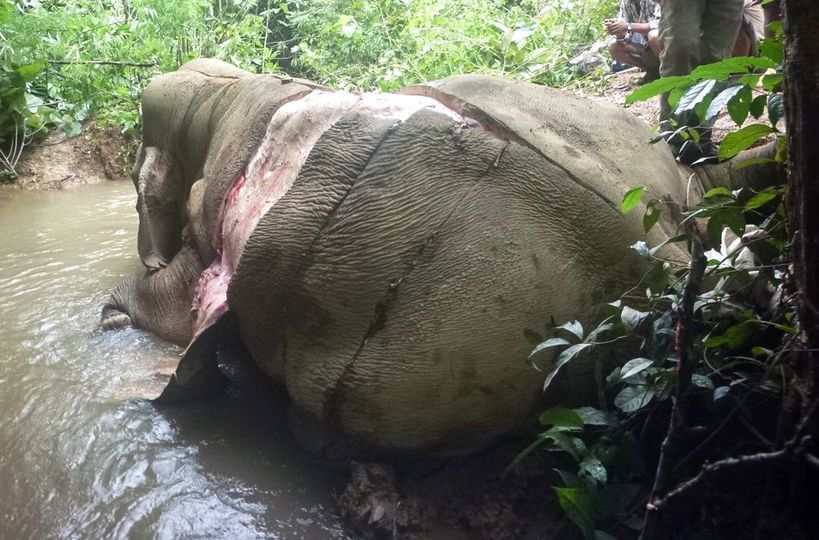Desert giraffes – yes, they’re real.
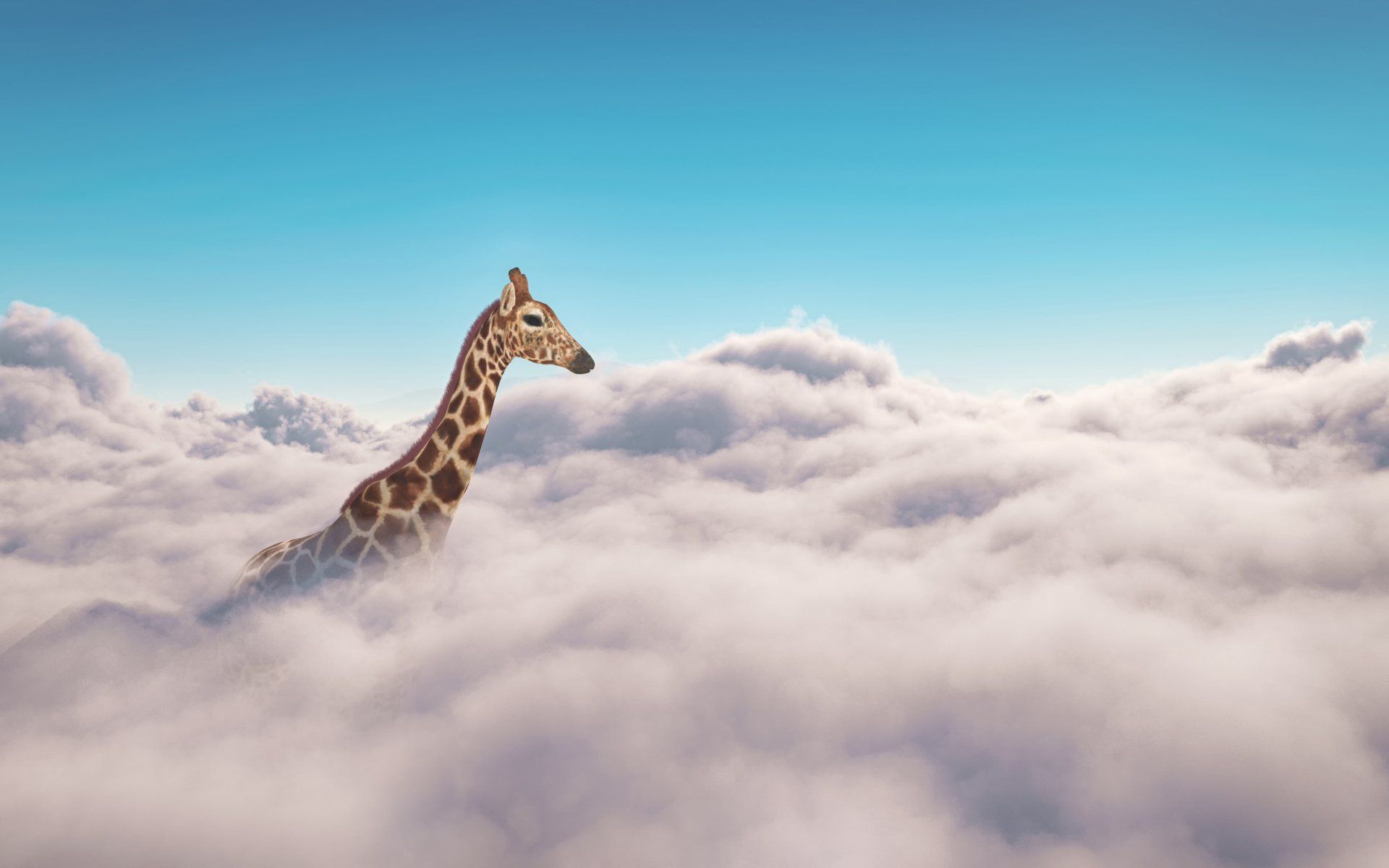
A cloudy existence, but nonetheless a rare existence. This unusual habitat is roamed by the northwestern Namibian giraffe. A group isolated from other giraffes because of the desert and their closest giraffe relation and neighbours (found in Angola) were hunted to extinction – and this exceptional subspecies is heading that way if none or little intervention comes their way.
Your first confusion when you spot a large savanna mammal strolling along in one of the world’s driest and inhospitable environments is perfectly understandable.
A place you’d never expect to find giraffes, yet you see one and it’s remarkably healthy and looks like it’s thriving! Your interest is born, and you begin to research this amazing creature... then once again confusion reigns. What? Where? How?!
Right, let’s begin here... I hate writing about giraffes because the factual research is a nightmare, and that profound reason might be why giraffes continue to suffer and are slowly disappearing from this earth. The conservationists and other giraffe ‘experts’ are counterproductive all because the basics are so messed up and that is something they could easily control! Giraffe conservationists, and the like, please get your sh*t together.
I found ‘experts’, credible conservationists, etc, hardly share anything with each other and each group tends to have their own information and largely unsuccessful giraffe conservation programmes. That sentence will not be loved within a few leading circles, but, miffed darlings, even if some of you have made a bit of headway into certain giraffe conservation efforts (‘efforts’ being the operative word), it is poorly documented and shared with other like minds ages later. The proof is in [eating] the pudding... we are still losing one of Africa’s most beautiful and iconic animals essential in maintaining ecosystems, at a startling rate.
To succeed in our conservation endeavours, we desperately require solid, sensible and easy to read general information about a particular species, not so? However, the public is left to contend with scattered, highly confusing and extremely weak... drivel (for lack of a better word) – opinions and ‘factual’ evidence, which only make sense to the blustering wind when all are crudely sewn together. The genuinely interested and often helpful public is forced to read/research and instead of any sort of revelation or appeasement they unfortunately suffer more confusion about the plight of giraffes. Too bothersome for most so they choose to ignore and move onto an ‘easier’ animal.
Education is an extremely important part of conservation, and we hope we’re successful in that area because for a species to survive they initially need to be acknowledged and we’ll happily oblige in that department and hopefully do our little bit to prevent their looming extinction. We’re trying, but geez! Who has the correct information?
